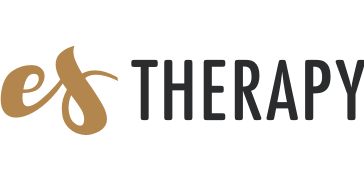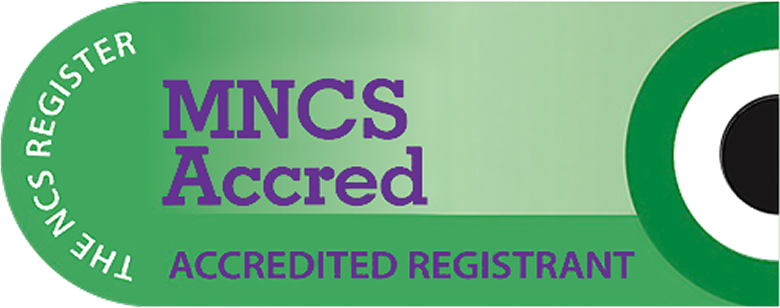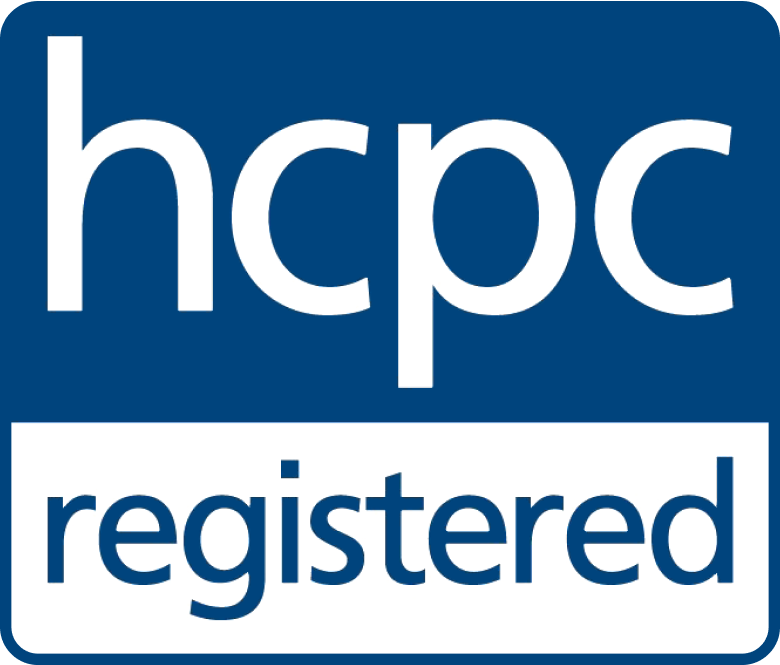If you’ve ever found yourself convinced that a new sensation in your body means something is seriously wrong – even after being told you’re medically fine – you’re not alone. This experience has a name: health anxiety.
I’m Dr Esthefanea F. Santos, a Counselling Psychologist based in Medway, supporting adults across Kent with anxiety, emotional wellbeing, and health-related concerns.
This article is part of my Anxiety Series, where I explore different presentations of anxiety and grounded, evidence-based strategies to manage them. In this post, we will be focusing on health anxiety.
Quick note: Nothing here is a substitute for tailored medical or psychological advice, but it may help you understand your experience and identify what kind of support might be helpful.
Health anxiety vs normal health worry
We all worry about our health sometimes. That’s normal and often protective, it’s what prompts us to call the GP when we genuinely need it.
Health anxiety is different. In the DSM, Illness Anxiety Disorder or as it’s mostly commonly known, health anxiety, is defined as an excessive preoccupation with having or developing a serious illness.
A few key features:
- The focus is typically on serious conditions (e.g., cancer, heart disease, neurological illness).
- The worry is persistent and intrusive, taking up significant mental space.
- It can impact daily life, including work, relationships, sleep, and general enjoyment.
This isn’t exaggeration or attention-seeking. In fact, many people with health anxiety feel ashamed of their fears and keep them completely private.
Common signs of health anxiety
Health anxiety may look like:
• Frequently checking your body for changes
• Repeated reassurance-seeking from doctors, loved ones, or online sources
• Feeling brief relief after reassurance, followed by the anxiety returning
• Interpreting minor sensations as catastrophic (e.g., headache = tumour)
• Avoiding medical information, hospitals, or health-related news
• Constantly monitoring sensations such as heartbeat, breathing, or digestion
These patterns can be distressing and exhausting, creating a cycle where fear leads to checking, and checking intensifies fear.
Why healthy anxiety happens
Health anxiety usually develops from several interacting factors:
- The brain’s threat system: Our nervous system is designed to detect danger. For some individuals, this system becomes hypersensitive, interpreting uncertainty as a threat.
- Past experiences: Medical trauma, witnessing a loved one’s illness, or growing up around health-related fears can prime the brain to stay on alert.
- The body–mind feedback loop
Anxiety creates physical sensations (tight chest, dizziness, stomach discomfort).
These sensations can then be misinterpreted as illness, which increases anxiety, completing the cycle. - Cognitive biases: Research highlights cognitive patterns that maintain health anxiety, including:
– Catastrophic thinking
– Selective attention to symptoms
– Intolerance of uncertainty
– Reassurance-seeking (helpful short term, anxiety-maintaining long term)
This is a normal biological process but in health anxiety, it is operating in overdrive.
Reassurance vs reassurance seeking
A key distinction:
Healthy reassurance
- Seeking appropriate medical checks
- Following through on investigations
- Receiving clear guidance
- Allowing that information to be “enough for now”
Reassurance-seeking cycle
- Multiple appointments for the same worry despite normal results
- Repeatedly asking loved ones the same questions (“Are you sure I’m okay?”)
- Excessive Googling of symptoms
- Using online tools (including AI) not to learn, but to calm panic
Reassurance is healthy.
Reassurance-seeking provides short relief but maintains anxiety long term.
How to manage health anxiety
(Evidence-based approaches from CBT and contemporary relational work)
- Build tolerance for uncertainty
The goal isn’t to eliminate all worry but to feel safer when uncertainty arises, a key component of CBT for health anxiety - Reduce checking and reassurance cycles
Gradually reducing body-checking and Googling helps your brain recalibrate danger signals. - Rebalance interpretation of symptoms
Learning to distinguish between “normal bodily sensation” and “genuine medical concern” is central to recovery. - Work with the body, not against it
Techniques that help calm both body and mind, such as grounding, controlled breathing, and feeling supported by safe connections, can help regulate your nervous system. - Seek Professional Support
Health anxiety can feel incredibly convincing, especially when the physical sensations are real and uncomfortable.Therapy offers structured support to gently untangle what is driven by anxiety versus what requires medical attention.Approaches like CBT, ACT-informed work, and exposure-based strategies can help you delay checking, reduce reassurance-seeking, and soften an alarm system that has become overly sensitive. This process helps you relate to your fears differently, so anxiety no longer dominates your day.
Health anxiety is highly treatable, and with the right support, people often reclaim a sense of calm and trust in their bodies.
If you’d like to learn more
At ES Therapy Centre we offer individual therapy for adults experiencing anxiety, stress, and related challenges.
If you’re ready to take the next step, visit our website or book a free 15-minute consultation to find out how therapy can help.
If you found this helpful, be sure to check out previous posts in our Anxiety Series and stay tuned for upcoming posts. We’ll be exploring different forms of anxiety, including social anxiety and emetophobia, along with practical, evidence-based strategies to understand and manage them.







